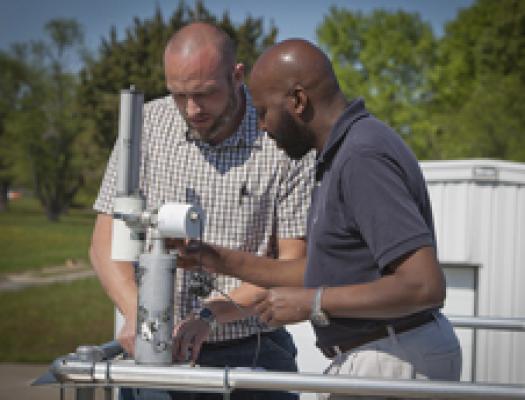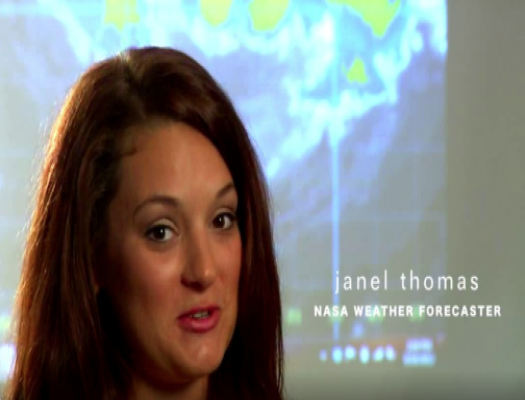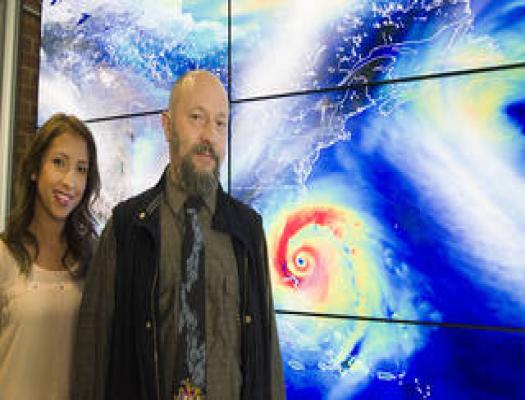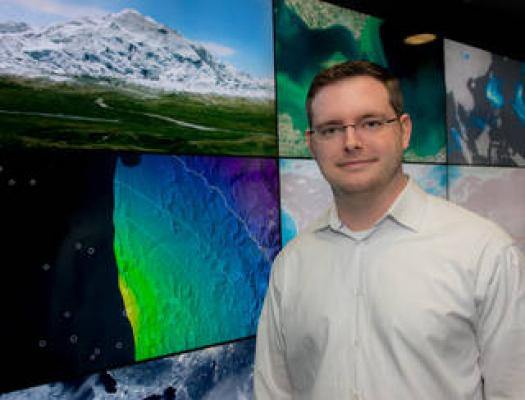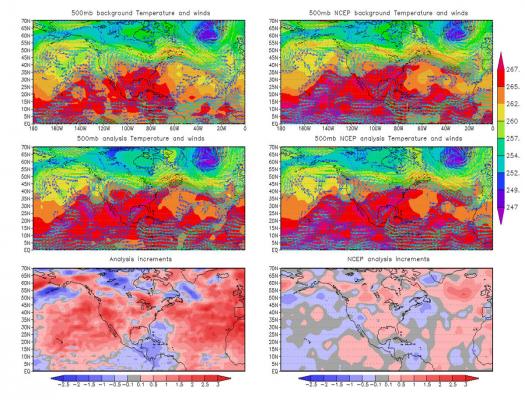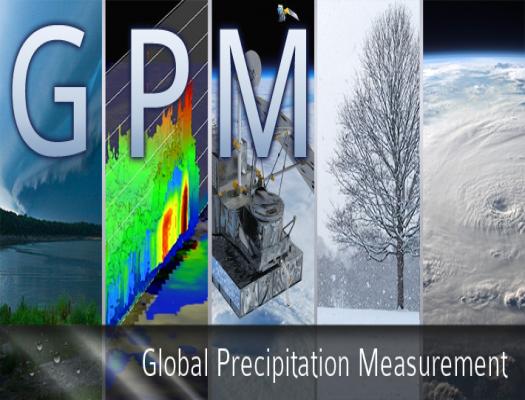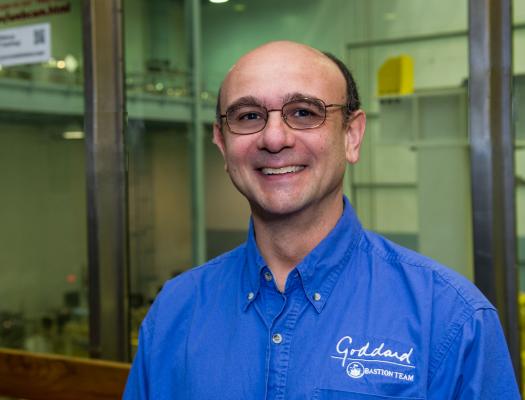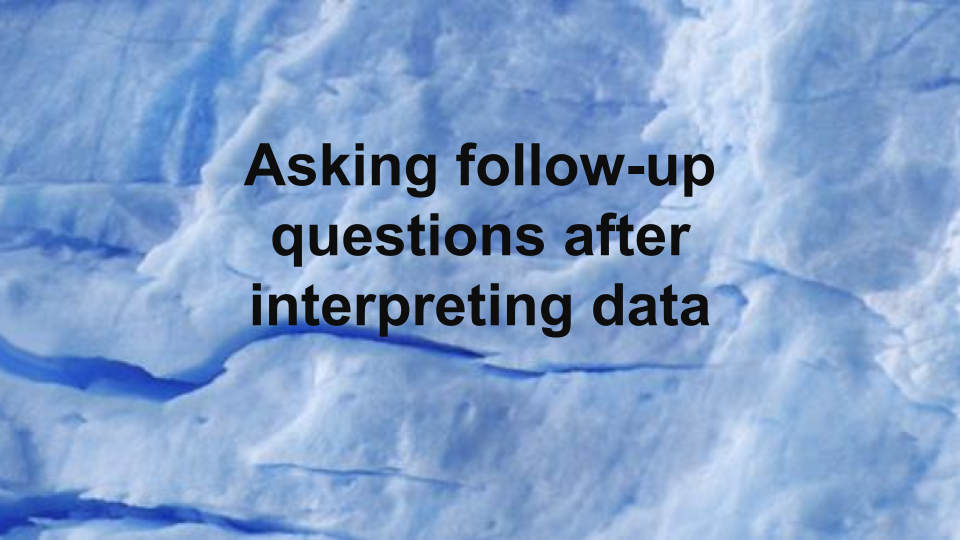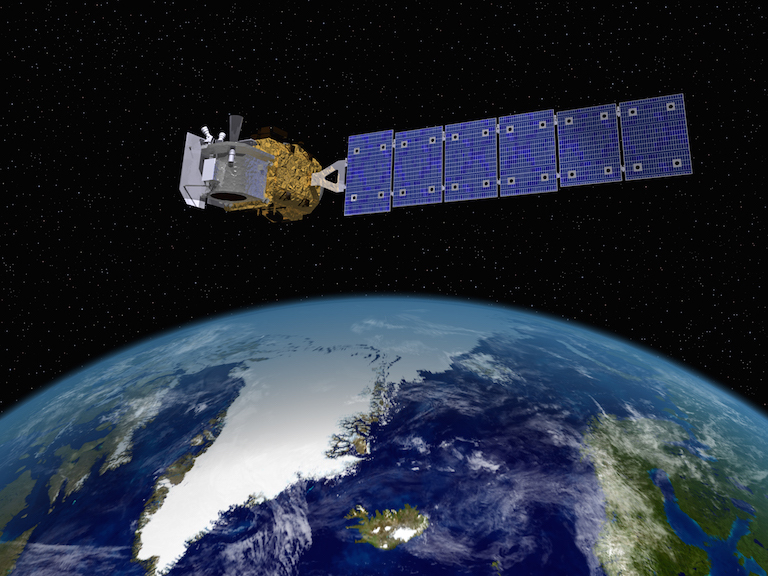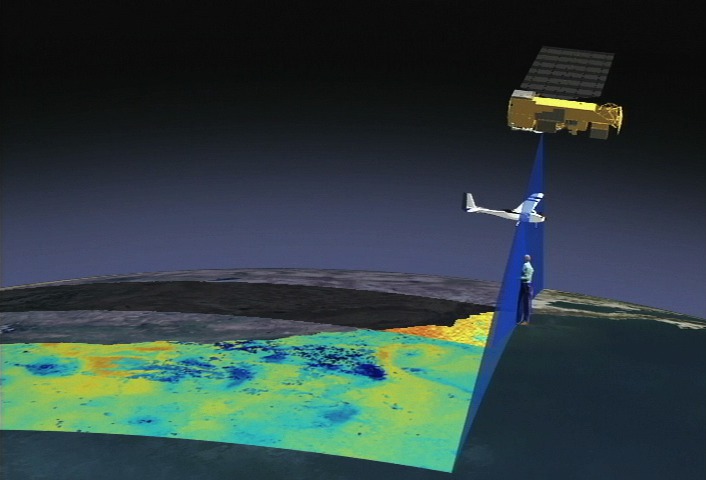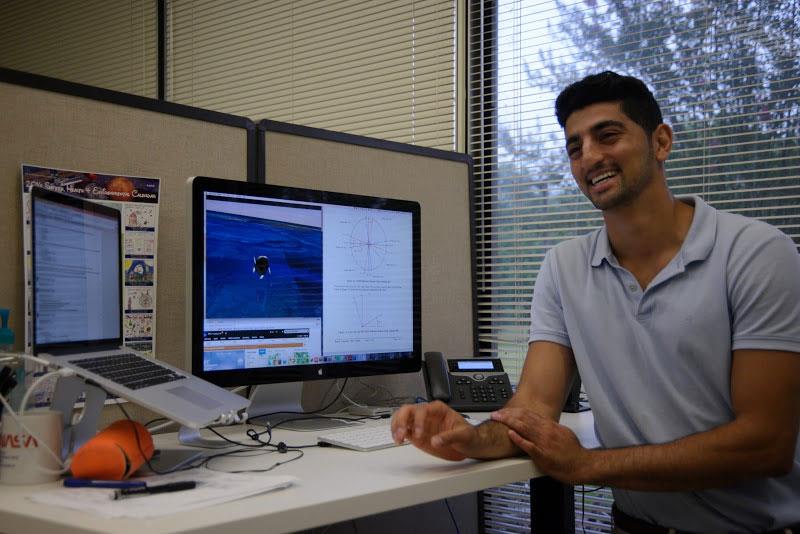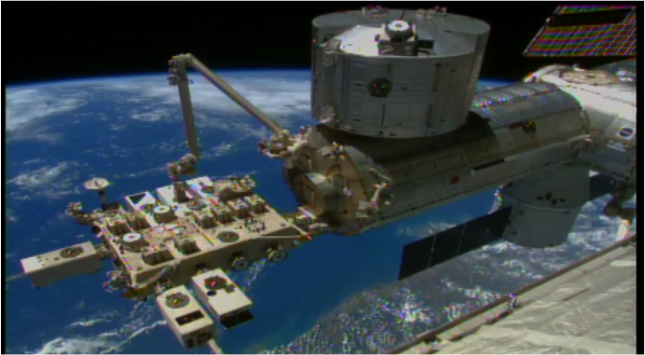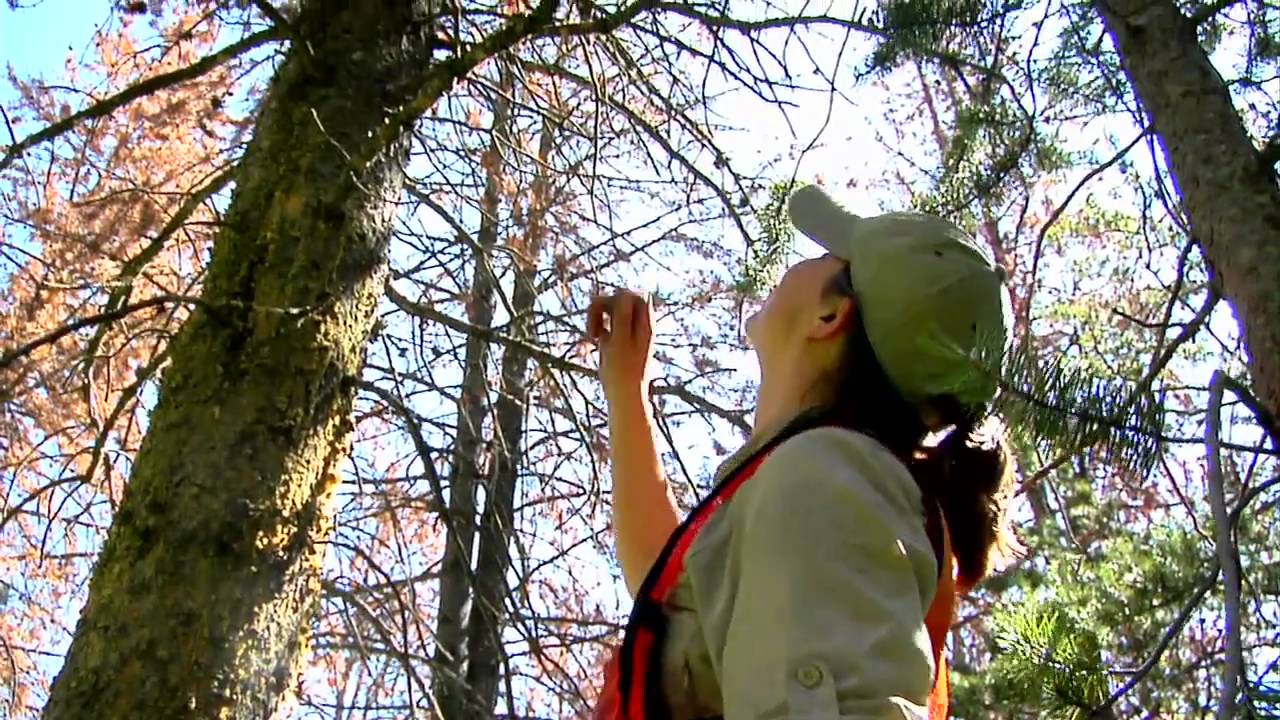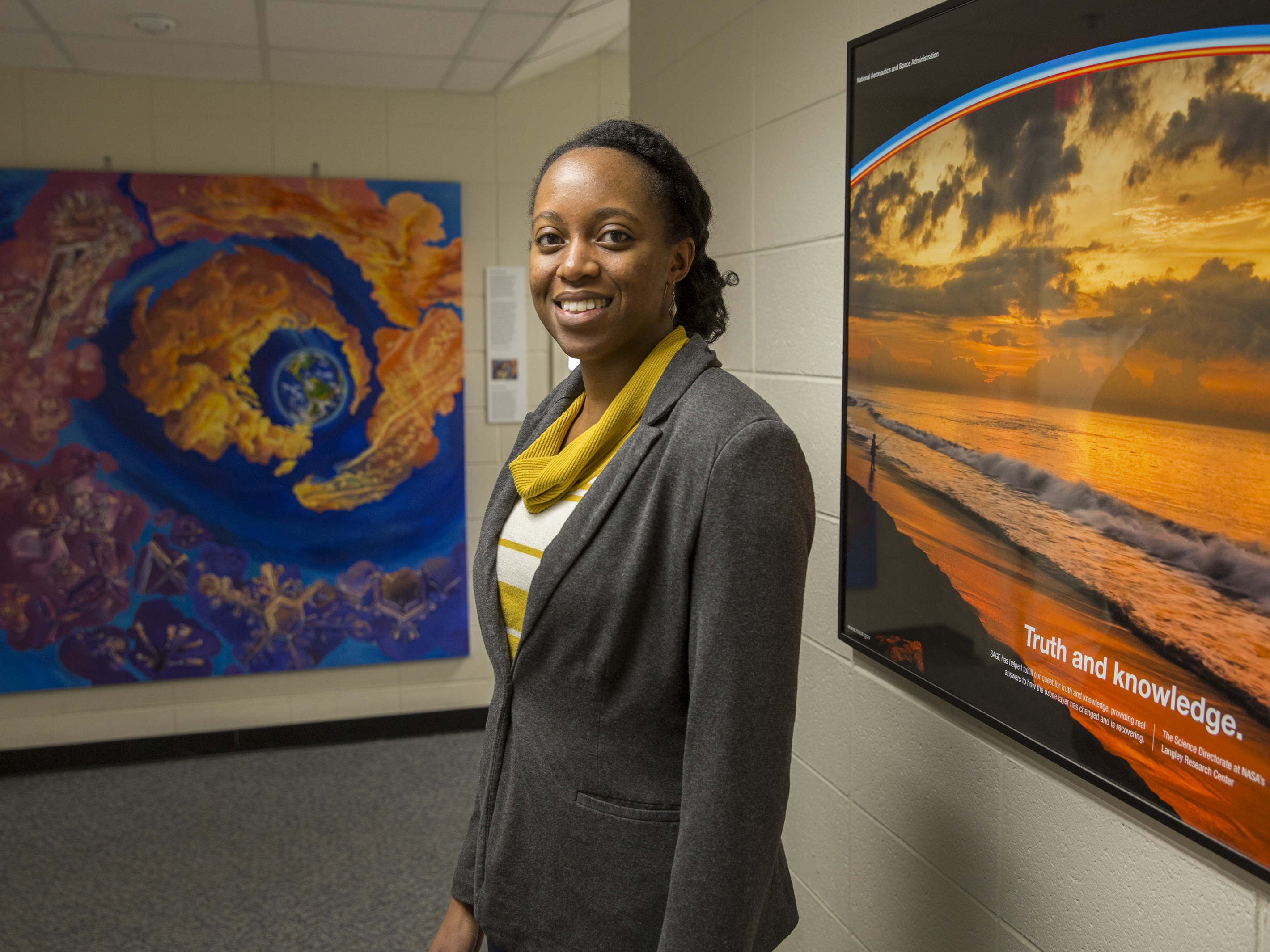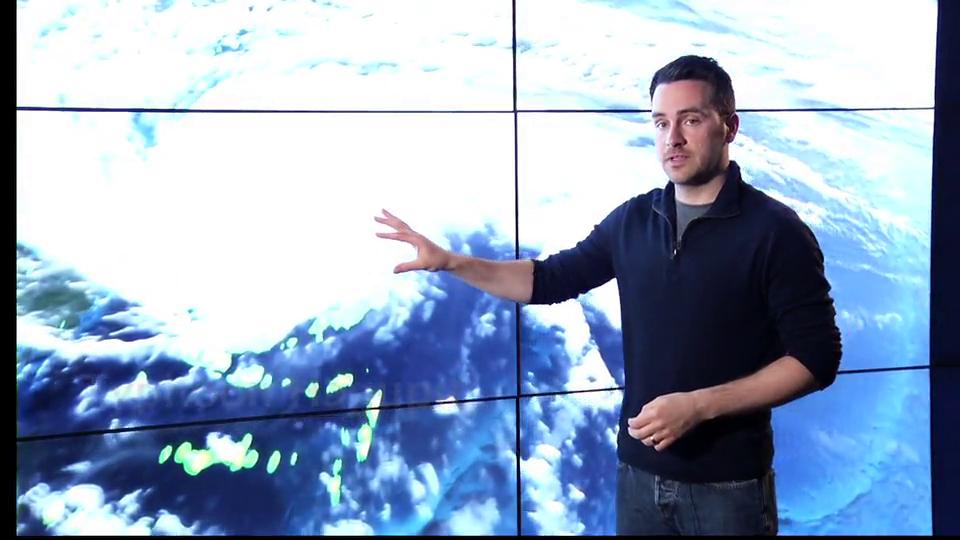This video addresses the following question: "We know that science is very much an iterative process. Can you describe for us your process for developing your follow-up questions after you have interpreted a set of data?"
loading Atmosphere...
Featured STEM Career Connections
A Data Support Specialist works with the user community to understand their science needs with the goal of providing support for NASA data and information services. They represent the user in product development and development resources to assist with the user community's needs.
Remote sensing scientists use sensors to analyze data and solve regional, national and global concerns. For instance, natural resource management, urban planning, and climate and weather prediction are applications of remote sensing.
A model analyst develops models to help visualize, observe, and predict complicated data. Model analysis is the process of taking large amounts of data and separate it into a structure that makes it intelligible to the binary process of computers.
LIDAR Remote Sensing Technologists uses remote sensing strategies to analyze data to solve problems in areas across the globe. They use LIDAR - Light Detection and Ranging - as a method of remote sensing to examine the surface of the Earth.
Botanists research plant characteristics like their physiological processes, their evolutionary history, resistance to disease, relationships to other parts of the Biosphere and within the Earth System.
Data scientists work with data captured by scientific instruments or generated by a simulator, as well as data that is processed by software and stored in computer systems. They work with scientists to analyze databases and files using data management techniques and statistics.
Meet Dr. Yoland Shea, Atmospheric Scientist at NASA Langley Research Center. Learn what inspired her as a child and how she became a NASA scientist!
Learn more about Alexia Harper, Mechanical Engineer at NASA Goddard Space Flight Facility's Mechanical Engineering Branch, the go-to place for the comprehensive development of instrument and spacecraft structures and deployment mechanisms.
Follow along as NASA visualizer Kel Elkins walks you through three visualizations (Dust Crossing, Typhoon Hagupit, and Aquarius Sea Surface Salinity) and answers questions about his work, education, and career.


